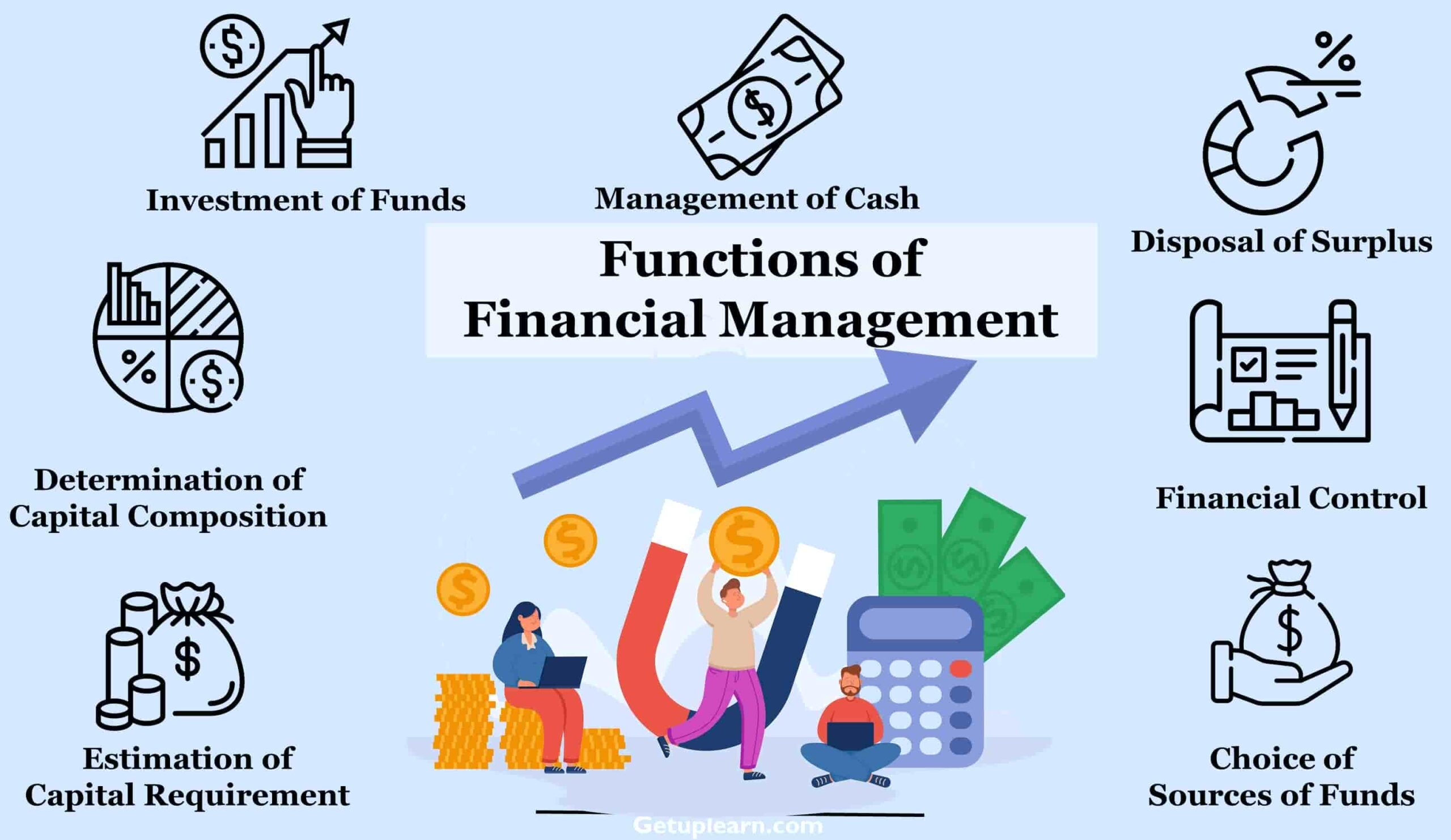10 Nature of Financial Management
A business receives funds from various sources such as investors, lenders, and past profits. These funds are used for different purposes such as buying assets for production, maintaining inventory, and keeping cash on hand. These funds are considered static over time, but changes in the flow of funds are known as funds flow. Finance is








